
The Science Behind Heavy Caster Wheels and Their Impact on Workload Efficiency
In today's fast-paced industrial environment, optimizing workload efficiency is crucial for operational success. A key component often overlooked in this regard is the importance of "Heavy Caster Wheels." According to the Material Handling Industry of America, nearly 75% of logistics and material handling tasks can be improved by utilizing better wheel systems. Heavy caster wheels are designed to support large loads with minimal effort, reducing manual handling strain and increasing overall productivity. For instance, studies reveal that the right caster selection can decrease pushing and pulling forces by over 50%, translating directly into enhanced worker efficiency and reduced workplace injuries. By integrating the science behind heavy caster wheels into workplace design, industries can significantly elevate their operational standards and foster a safer, more productive work environment.
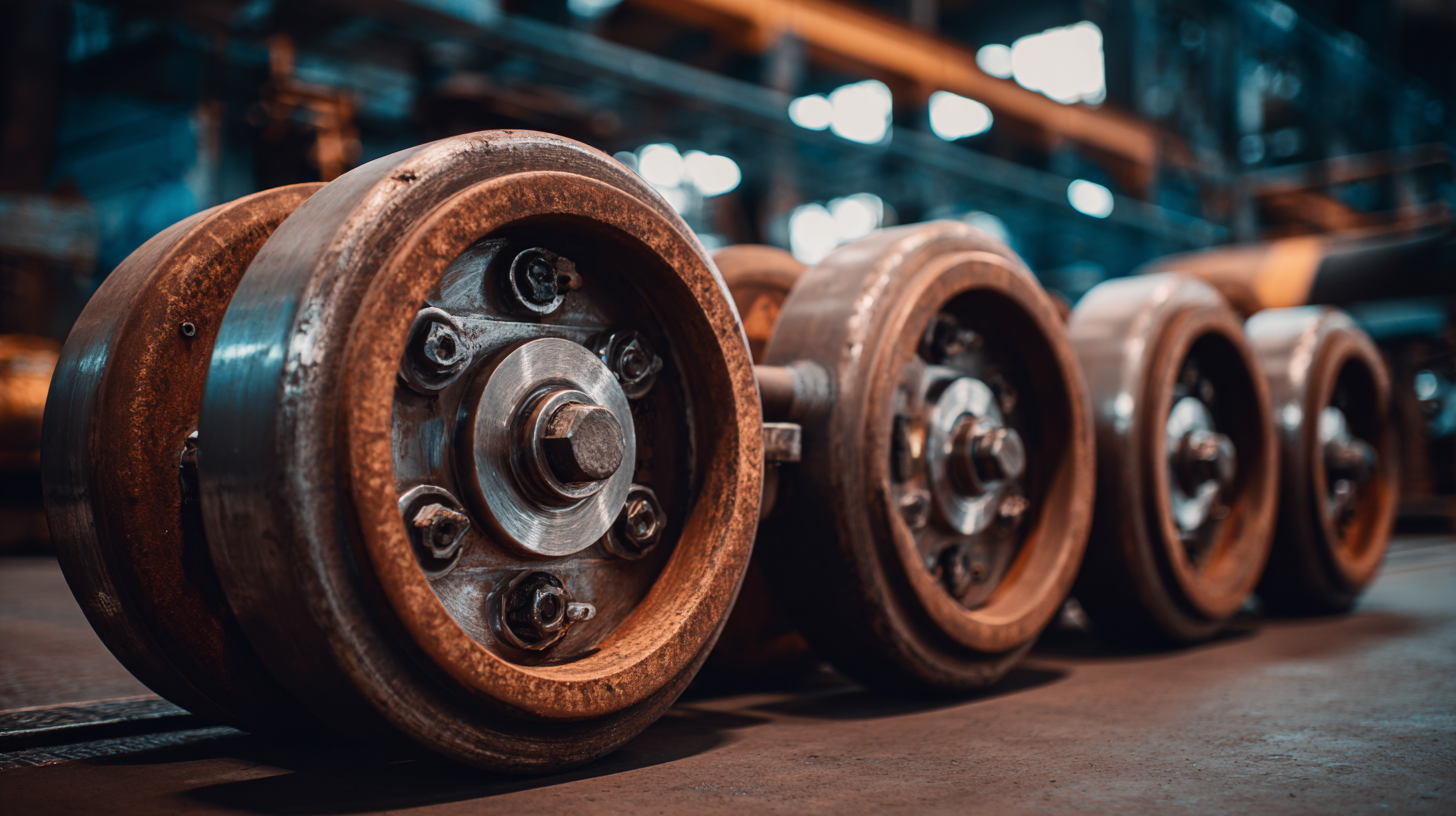
Understanding the Material Properties of Heavy Caster Wheels
The material properties of heavy caster wheels significantly influence their functionality and, consequently, workload efficiency in various industrial settings. Most high-capacity caster wheels are made from materials like polyurethane, rubber, and steel, each offering distinct advantages. According to a report from the Caster and Wheel Manufacturers Association, polyurethane wheels provide superior rollability and wear resistance, enhancing performance in environments with heavy load cycles. Meanwhile, rubber wheels are praised for their shock absorption capabilities, which can reduce noise and vibrations when transporting goods.
Another critical aspect is the hardness of the materials used in caster wheels. A hardness rating between 80A and 90A is generally ideal for heavy-duty applications, as highlighted in an industry survey conducted by the Industrial Equipment Association. This hardness range strikes a balance between durability and traction, allowing for smooth rolling while minimizing the risk of surface damage to floors. Together, these material properties contribute to improved workload efficiency, reducing manual labor and operational downtime in facilities that rely on heavy loads being moved regularly.
The Role of Wheel Diameter in Load Distribution and Maneuverability
The diameter of heavy caster wheels plays a crucial role in determining load distribution and maneuverability within a workspace. Larger wheels can effectively distribute weight over a broader surface area, reducing the pressure exerted on flooring and minimizing wear and tear. This better load distribution not only extends the lifespan of both the flooring and the wheels but also enhances stability when moving heavy loads. As a result, facilities that utilize larger casters can operate more efficiently and reduce maintenance costs associated with their work environment.

In terms of maneuverability, the wheel diameter significantly influences how easily equipment can be moved. Larger wheels are capable of rolling over obstacles such as thresholds or uneven surfaces with greater ease compared to smaller wheels. This ability to navigate through different terrains allows for smoother transport of heavy materials, which can enhance productivity in environments like warehouses or manufacturing plants. Consequently, investing in larger caster wheels can lead to improved operational efficiency, enabling workers to focus more on their tasks rather than wrestling with equipment that is difficult to move.
Analyzing the Impact of Wheel Design on Surface Interaction
The design of wheels plays a crucial role in determining the interaction of vehicles with the surfaces they traverse, directly impacting workload efficiency. Recent advancements in wheel design, such as the optimization of rim structures in automotive wheels, illustrate how careful engineering can enhance performance under radial bending loads. By utilizing methods such as nonlinear finite element modeling, researchers can simulate real-world stressors on wheel designs, allowing for the development of wheels that maintain both durability and efficiency.
Furthermore, innovations in analyzing surface interactions extend beyond automotive applications. Studies employing multiscale analysis techniques, such as coupling the finite element method with discrete element modeling, have successfully investigated the relationship between tires and asphalt pavement. This type of analysis not only aids in understanding the mechanics of traction but also facilitates the design of wheels that can handle varying surface conditions effectively, thereby improving overall vehicle performance. Such research underscores the importance of wheel design not just for safety, but also for enhancing operational efficiency across different terrains and applications.
The Science Behind Heavy Caster Wheels and Their Impact on Workload Efficiency
This chart illustrates the relationship between wheel diameter, material, and workload efficiency. Larger diameters and optimal materials show significant improvements in reducing effort required during transportation.
Optimizing Workload Efficiency Through Proper Caster Selection
Selecting the right caster wheels is essential for optimizing workload efficiency in any workspace. Heavy caster wheels, designed to support substantial loads, play a crucial role in reducing manual labor and enhancing the overall productivity of operations. When chosen correctly, these wheels enable smooth transportation of heavy items, minimizing resistance and strain on workers. The right caster helps improve maneuverability, making it easier to navigate tight spaces and avoiding disruptions in workflow.
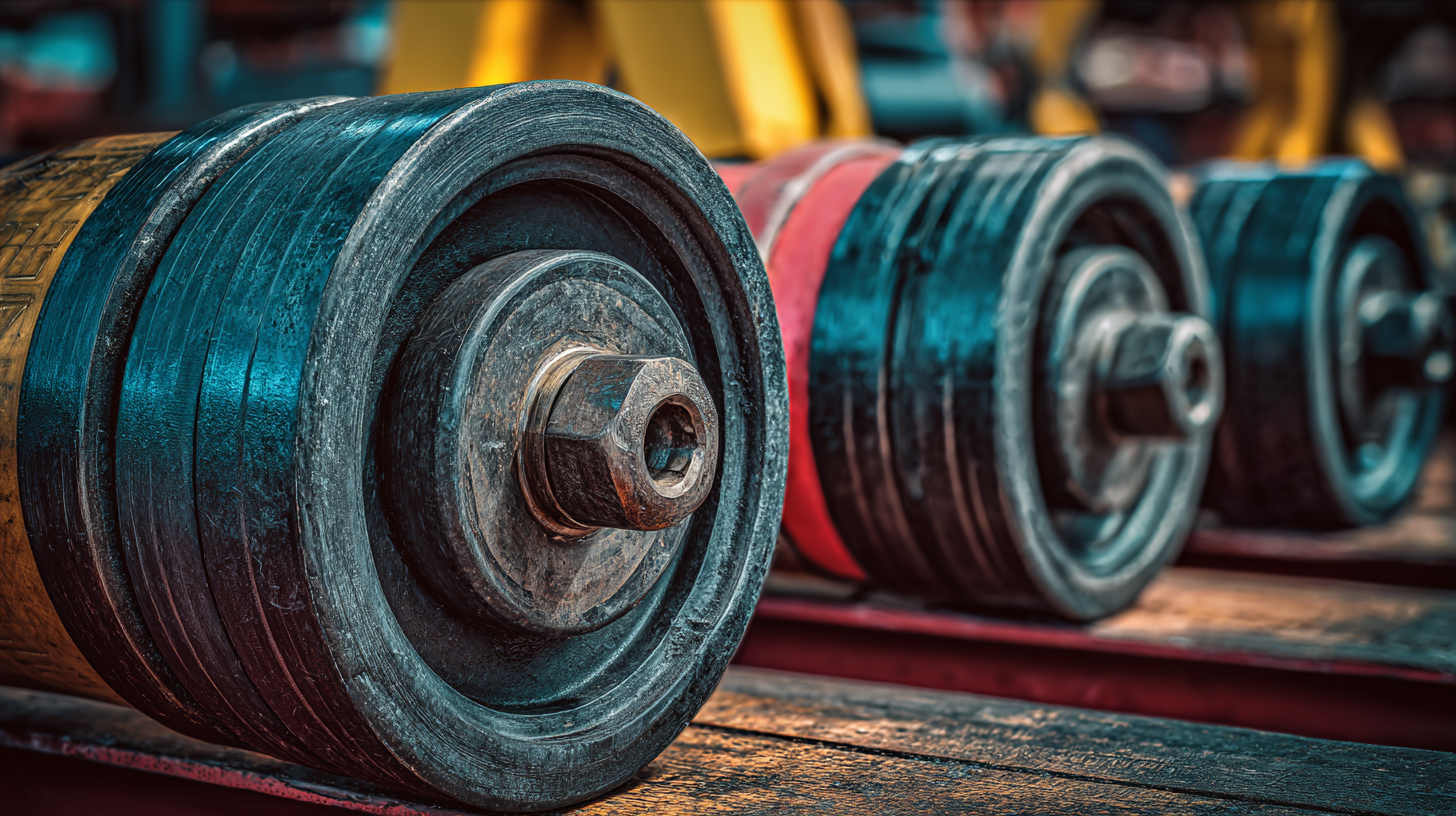
Proper caster selection hinges on several factors, including load capacity, wheel material, and wheel size. For instance, larger wheels can roll more easily over obstacles and rough surfaces, reducing the effort required to move heavy loads. Additionally, materials such as rubber or polyurethane provide better traction and shock absorption, which further aids in maintaining stability during transport. By carefully selecting the appropriate heavy caster wheels for specific tasks, businesses can significantly enhance efficiency, decrease the risk of workplace injuries, and improve overall operational performance.
Maintenance Tips for Ensuring Longevity and Performance of Caster Wheels
In the realm of industrial equipment, the maintenance of heavy caster wheels plays a crucial role in optimizing workload efficiency. According to industry studies, approximately 75% of operational delays in warehouses and logistics centers can be attributed to equipment malfunction, with poor maintenance being a leading cause. Ensuring that caster wheels are regularly inspected and maintained directly impacts not only their longevity but also the safety and productivity of the entire workspace.
Proper maintenance practices for caster wheels include regular cleaning to remove debris and prevent wear, lubricating moving parts to reduce friction, and inspecting for any signs of damage or misalignment. Using high-quality materials in caster wheel manufacturing can also enhance their performance. Reports indicate that well-maintained caster systems can last up to three times longer than their poorly maintained counterparts, significantly reducing replacement costs and downtime. For heavy-duty applications, it is advisable to implement maintenance schedules and utilize advanced technologies that monitor the conditions of caster wheels in real-time, thus aligning with the latest safety initiatives in the industry.
The Science Behind Heavy Caster Wheels and Their Impact on Workload Efficiency
| Wheel Type | Load Capacity (lbs) | Diameter (inches) | Material | Surface Type | Maintenance Tips |
|---|---|---|---|---|---|
| Rubber Caster | 600 | 6 | Rubber | Smooth | Regular cleaning; lubricate swivels. |
| Polyurethane Caster | 800 | 8 | Polyurethane | Hard | Check for wear; inspect bearings monthly. |
| Steel Caster | 1000 | 10 | Steel | Rough | Ensure bolts are tight; clean regularly. |
| Nylon Caster | 400 | 5 | Nylon | Smooth | Lubricate wheels; inspect for cracks. |
| Caster with Brake | 700 | 7 | Rubber | Mixed | Test brakes regularly; keep clean. |
Related Posts
-

What Are the Key Features of Caster Trolley Wheels
-
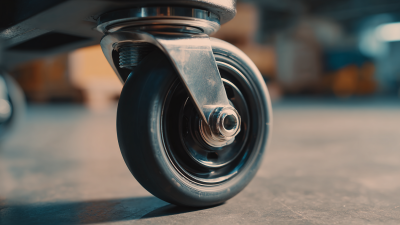
Exploring the Versatility of Swivel Plate Casters: Ultimate Guide to Choosing the Right Caster for Your Needs
-
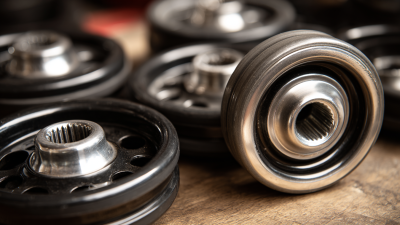
Ultimate Guide to Choosing the Right Caster Connection Wheels for Your Needs
-
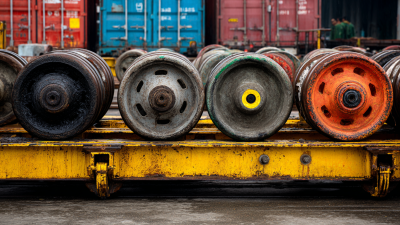
Navigating Export Certification for Best Heavy Caster Wheels: A Guide for Global Buyers
-

How to Choose the Right Caster Trolley Wheels for Your Needs
-

Understanding the Challenges of Heavy Caster Wheels in Industrial Applications
